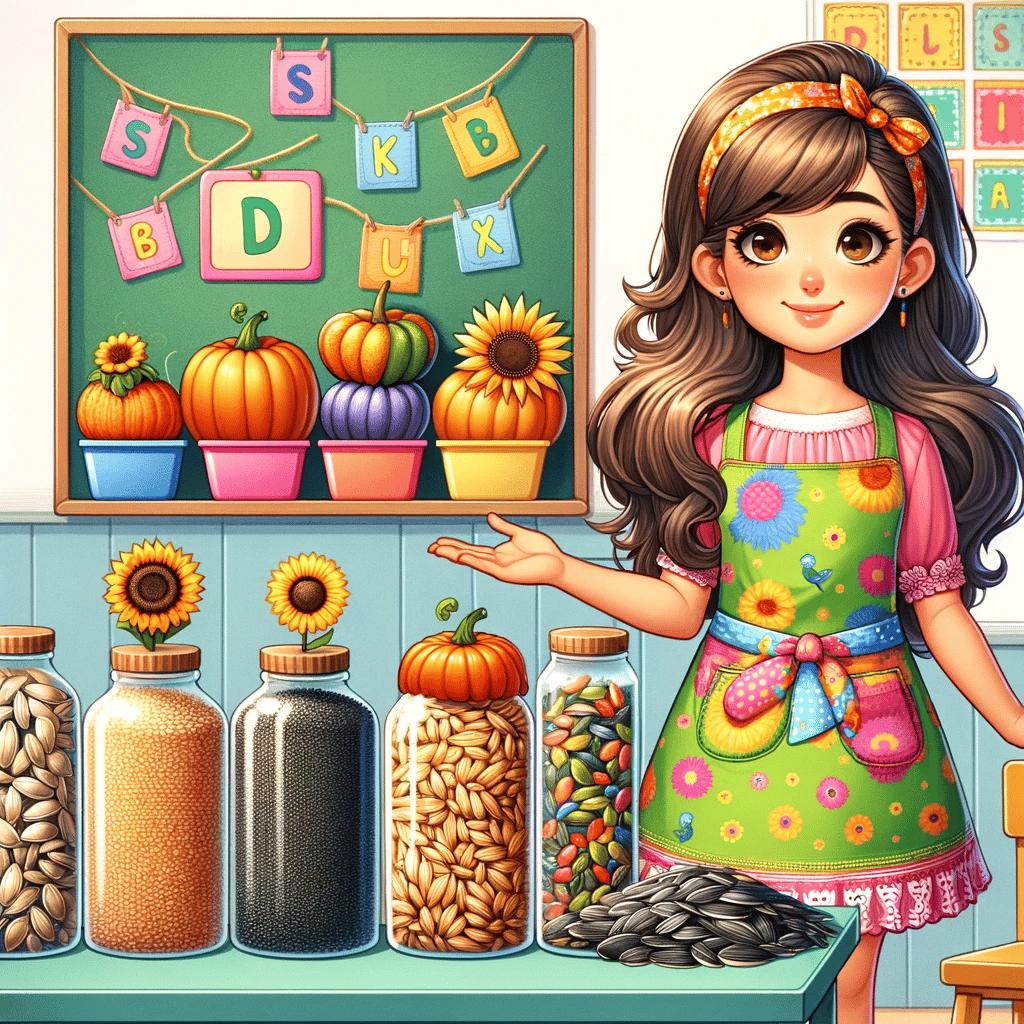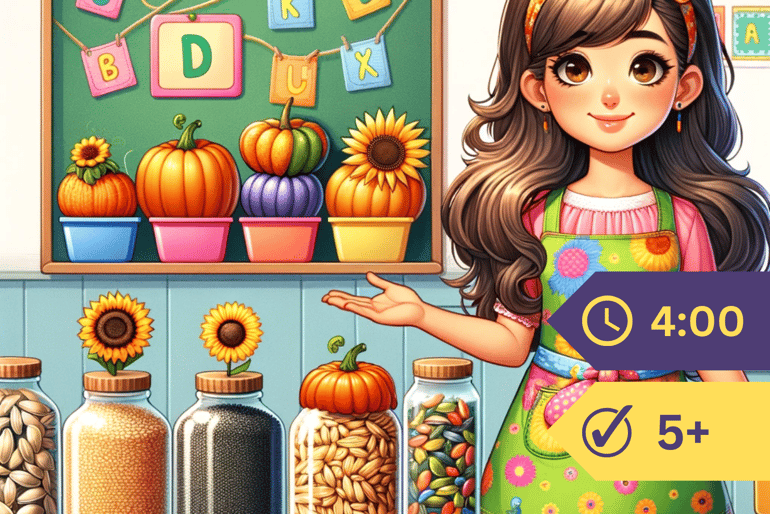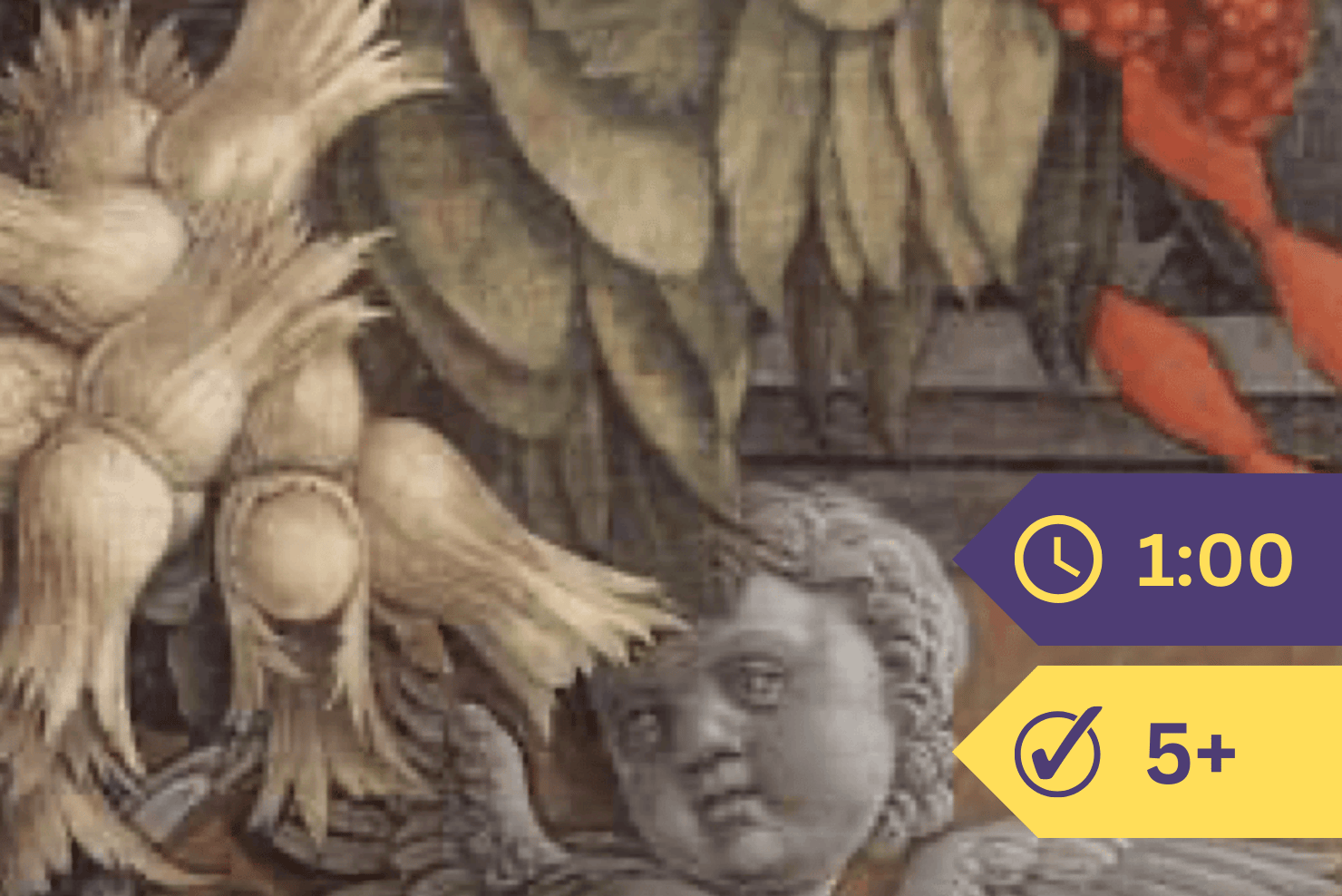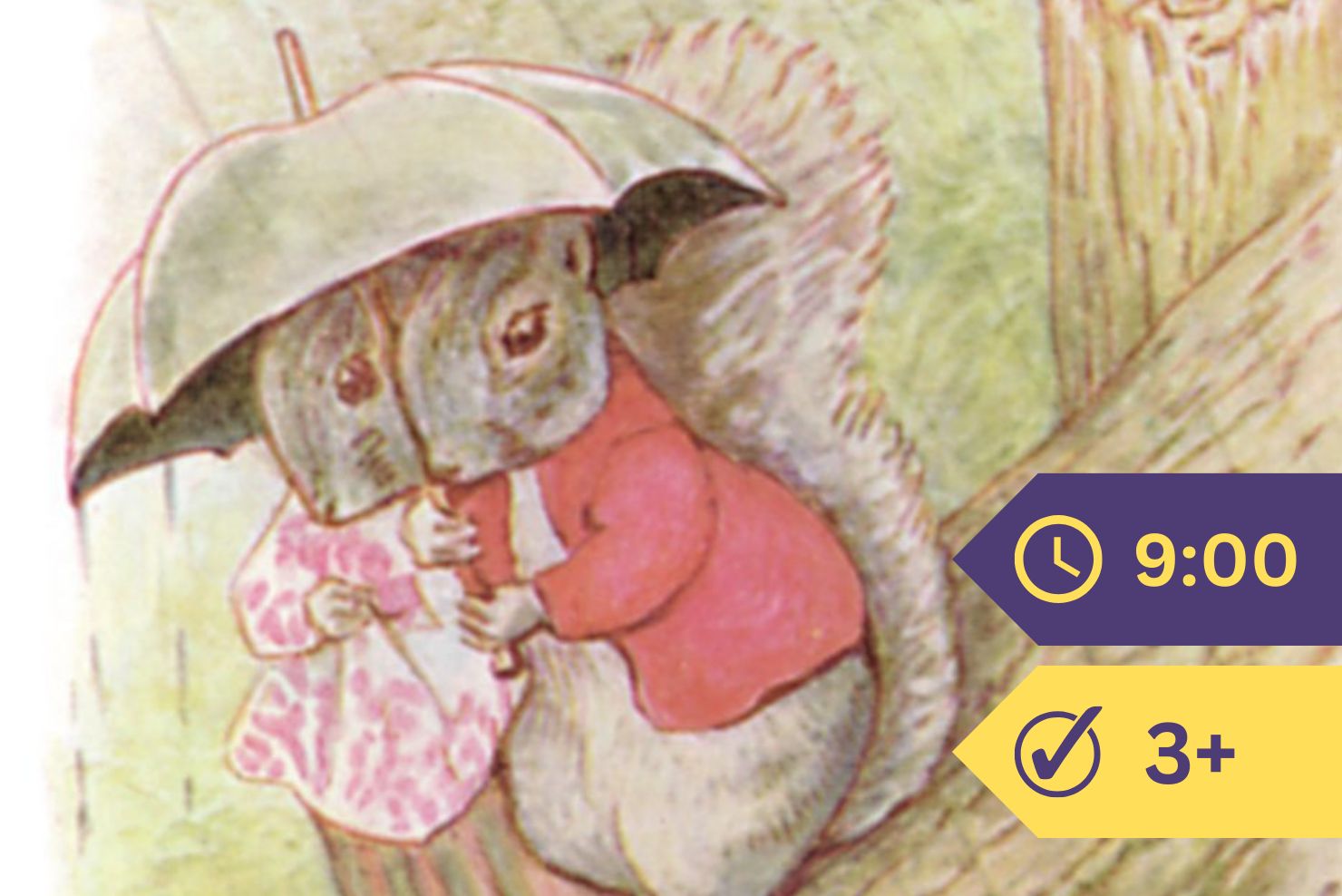I want you to think for yourselves why it is fortunate for us human beings that many plants store away in their seeds so much baby food.
“Because without this the little plants would die, and we should have no new plants to make the world beautiful to live in,” some child replies.
That answer is a good one; but it is not just the answer that I wish.
Can you think of any other way in which we all benefit by the large supply of baby food that is packed away in certain seeds?
If the right answer to this question does not occur to you, try to remember which of those seeds we have been reading about have been supplied with a specially large amount of this food.
You remember that the bean holds so much baby food in its seed leaves, that these are very fat. So do the pea, the walnut, and the chestnut. The seed of corn, also, is well filled with baby food, only in the corn seed it is packed around the outside of the seed leaves, instead of the inside.
But the squash, although it puts in its seed leaves enough food to keep its young plant well and hearty, does not lay by any great quantity of this material. Neither does the maple tree, which also stores the seed leaves with food, but does not fill them nearly so full as do the bean and the pea.
And the morning-glory, which packs its precious white jelly (this is what the little morning-glory plant likes to eat) all about its young, lays up only just enough of this to last until the baby plant breaks out of its seed shell.
Now, what difference do we find between these seeds?—between the seeds of squash, morning-glory, and maple, which have only a small supply of baby food, and those other ones, such as bean and pea and corn and walnut and chestnut, which are packed full of nourishment?
“Why, these last ones are good to eat!” you exclaim. “They are part of the food we live upon, while the squash seeds, the morning-glory seeds, and the maple seeds are not good to eat.”
Yes, that is the answer which I wished. The baby food in these seeds makes “grown-up” food for us. We get strength and nourishment from the same material which the mother plant has prepared for her young.
Now try to name the different seeds which help to make up our food. Already we have mentioned several kinds. Besides these, there is the oat seed (from which comes oatmeal), the wheat seed (from which comes flour for our bread), the coffee seed, the buckwheat seed, the peanut seed, the almond seed, and many others, some of which will come to your mind from time to time.
I wish you would make for your teacher a list of all those that you can recall; or, better still, I should like you to collect as many as you possibly can, and bring them to your next class. If you cannot find the seeds just as they grow upon the plant, you may be able to get them prepared for use. A pinch of flour, for instance, would answer for wheat seeds, of oatmeal for oat seeds.
I have in mind a number of seeds that you can easily secure, of which I have not spoken; and it will be interesting at our next meeting to see which child in this class is able to make the best exhibition of seed food.







